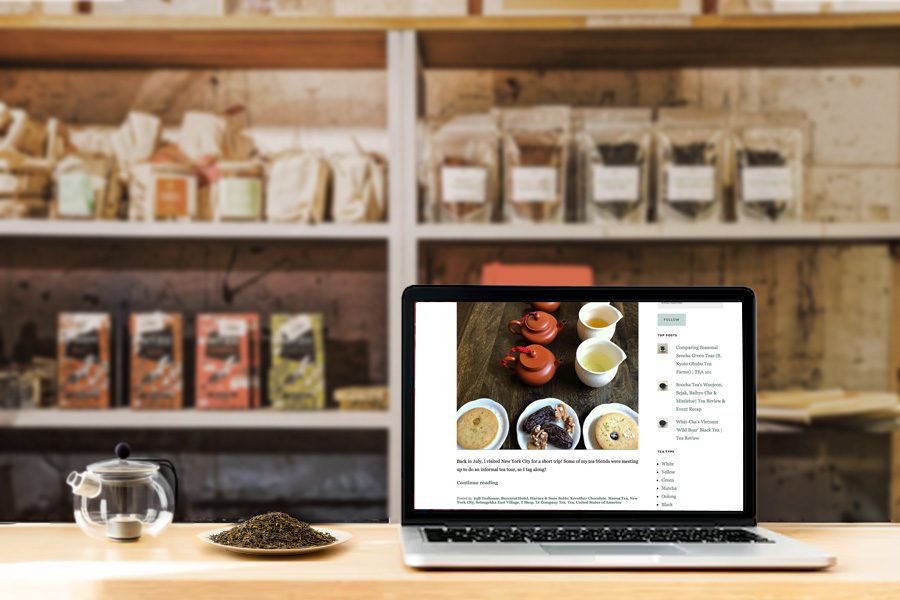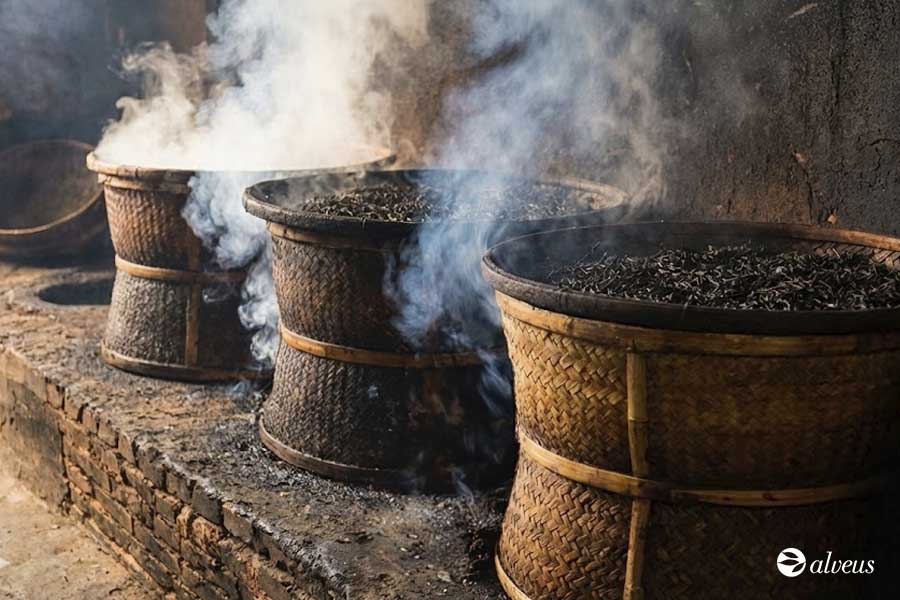In today’s digital age, having a strong online presence is essential for any business, and tea shops are no exception.
A blog is a powerful tool to connect with your customers, share your passion for tea, and build a community around your brand.
However, it’s not just about posting random content; creating a successful blog requires strategy, creativity, and commitment.
In this post, we’ll cover the key elements to consider when creating a blog that attracts visitors and turns them into loyal customers.
Identify Your Audience, Define Your Niche, and Connect
As mentioned earlier, having a blog isn’t just about writing content on tea for the sake of it. The content must be aligned with a purpose. While each post may have a different objective, the primary goal is always to connect with your audience.
Before you write your first entry, it’s important to have a clear understanding of who your audience is. Are they experienced tea drinkers looking to deepen their knowledge, or are they new to the world of tea and eager to learn? Defining your niche allows you to create content that resonates with your readers and keeps them coming back for more.
Create Valuable Content

Content is the heart of your blog. To capture and retain your readers’ attention, you need to publish content that is useful to them or that they can’t find elsewhere.
Decide on the themes you’ll write about. Some examples may include:
- The Story Behind Your Teas: Share the history, origin, and production methods of the teas you sell.
- Helpful Guides: Teach your readers how to brew the perfect cup of tea or pair tea with different types of food.
- Health Benefits: Inform them about how tea and other infusions can contribute to good health.
- Product Reviews: Provide detailed reviews of the products in your shop.
- Tea Industry News: Keep your readers informed about the latest trends in the tea world.
- Cooking with Tea: Create recipes using the teas and infusions you sell in your shop and document them. This will encourage your customers to buy your products and try these recipes themselves.
Once you’ve decided on the themes, create categories for your blog posts.
The next step is to create a posting schedule. Outline the post titles, when you’ll write them, and finally, the publication dates. This is the best way to stay committed and consistent—one of the secrets to successful content marketing.
Optimize Your Blog for Search Engines
SEO is essential to reach a wider audience with your blog.
While this can be a complex topic, there are simple practices that can help:
- Use relevant keywords related to the tea world that your audience might be searching for. Include them naturally in your articles, titles, subtitles, and descriptions.
- Share your content on social media to drive more traffic to your blog.
- Ensure originality. Search engines dislike copied content and even AI-generated material. If they catch you—which is very likely—your blog is dead!
Stand Out with Multimedia Content

Add images, infographics, and videos to your posts. This makes your posts more visually appealing and helps to explain complex concepts more effectively.
For instance, you could include a video tutorial on how to perform a tea ceremony or infographics about different types of tea. You can also record yourself describing the experience of tasting a tea from your selection.
Multimedia content will also help extend the time users spend on your blog, which is crucial for SEO, as we discussed earlier.
Engage with Your Audience
A successful blog isn’t a monologue; it’s a dialogue.
Encourage your readers to leave comments, questions, and suggestions, and be sure to respond as quickly as possible.
This will help you build a community around your brand while gaining insights into which content resonates the most with your audience.
Measure, Analyse, and Adjust
Conclusion: A Tea Blog Is More Than Just Marketing
Building a successful blog for your tea shop isn’t just a marketing task; it’s an extension of your passion for tea that allows you to share that spark with the world.
By dedicating your efforts to understanding your audience, creating relevant and high-quality content, and actively promoting your blog, you establish a link between your brand and your customers that goes beyond a mere commercial transaction. This bridge not only educates and entertains, but also strengthens loyalty and fosters a community feeling around your shared love for tea.
Finally, remember that part of your success will come from encouraging participation. So, do you already have a blog for your shop? If so, share your experience with us in the comments.










